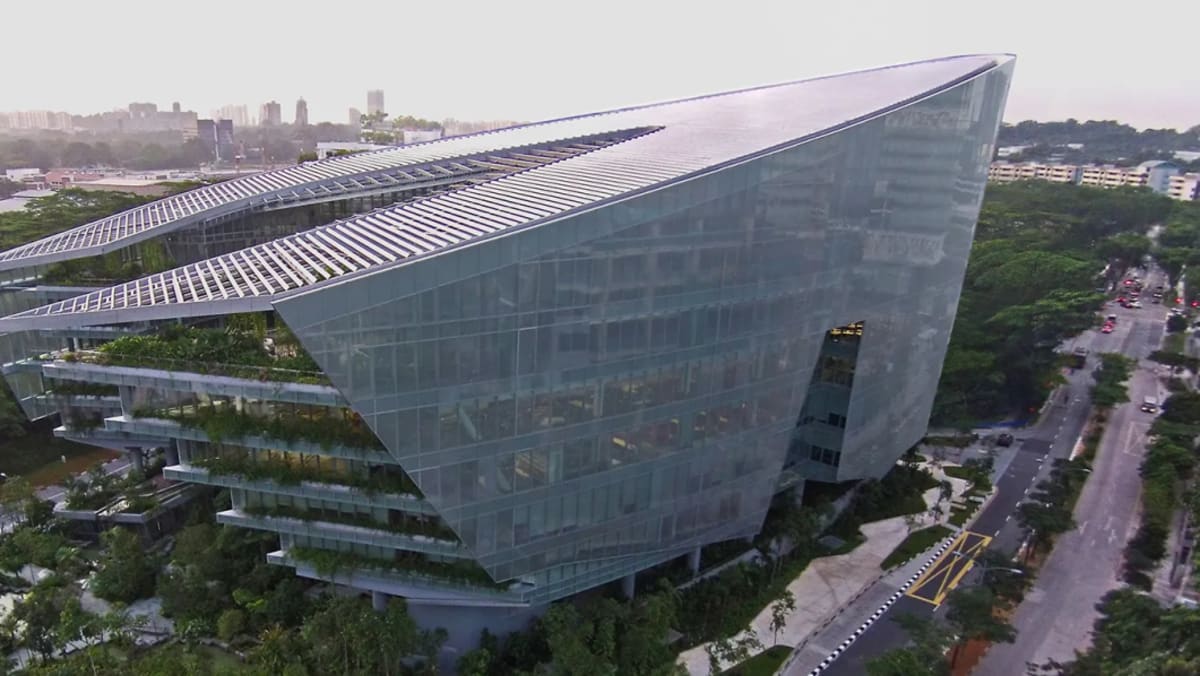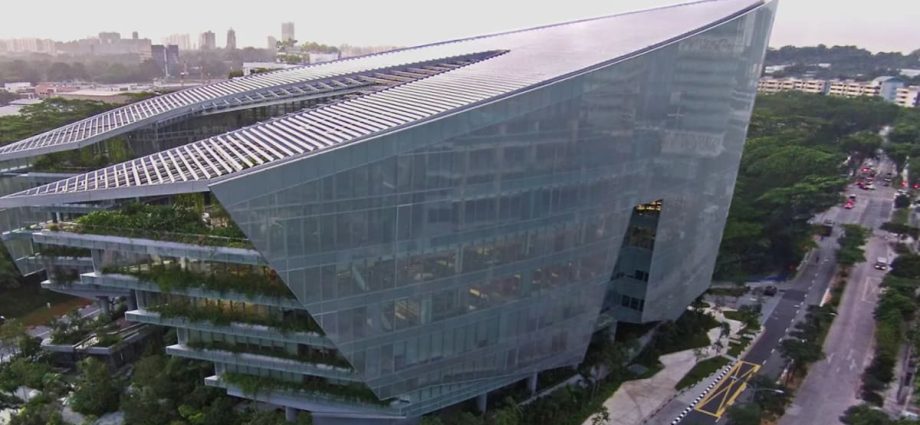
COMPETITIVE, LABOUR-INTENSIVE INDUSTRY
Mr Sen Lai, chief executive officer and principal of 3dsense Media School, described the film VFX industry as a “competitive one”.
“VFX studios that work on high-profile films are usually faced with high costs associated with creating the complex visual effects required for blockbuster films,” he said. “The recent inflationary environment may have contributed to more challenges.”
The industry is labour-intensive and requires teams with specialised skill sets, said Mr Lynus Hee, manager and course chair at Singapore Polytechnic’s School of Media, Arts & Design.
Meanwhile, the strikes have not helped since many projects have stalled for an unforeseen period of time, Mr Lai noted.
The Screen Actors Guild strike, which began in mid-July and has shut down major projects like Deadpool 3, marked the first time that American actors began a labour dispute in the US since 1980.
It is also the first time that actors and writers have simultaneously walked out since 1960, with the Writers Guild of America having been on strike since May 2.
“Just like the tech giants laying off headcount in 2023, this is part of industry and market forces at work, adjusting to find equilibrium,” Mr Lai said.
IGN reported last month that many VFX studios around the world have been laying off artists due to a lack of production work stemming from the strikes. VFX artists in the US are also not protected by a union, unlike writers and actors.
Mr Matthew Foo, programme leader of Nanyang Academy of Fine Arts’ Diploma in Screen Media course, said COVID-19 accelerated the changes to how traditional media production operates and how end-users consume content.
“With streaming services and social media, users have the ability to control the content they receive and the way they consume it,” he added.
“Content is no longer limited to traditional local offerings, or even internationally, but also direct from the social media content creators to the end users.”
Earlier this year, Disney announced it would cut 7,000 jobs as part of efforts to save US$5.5 billion in costs and make its streaming business profitable.
American magazine GQ reported that while the boom in streaming services and VFX-heavy blockbusters have led to more demand for VFX workers, it has also resulted in studios not having enough time or resources to complete their work to a high standard before a film’s release.
Several VFX studios have filed for bankruptcy in recent years in an industry marred by brutal deadlines, slashed budgets, mass layoffs, and industry-wide burnout, reported online magazine Inverse last year.
Mr Foo also highlighted emerging technologies like virtual reality and artificial intelligence that have reshaped how content is created and consumed.
Labour economist Walter Theseira from the Singapore University of Social Sciences noted that the significant growth of generative AI technologies has raised questions about what the future of VFX or animation will be in terms of employment and skills needs.
While these were unlikely to have caused the studio’s closure, it “adds more questions to any studio considering investments in the area”, said Dr Theseira.

